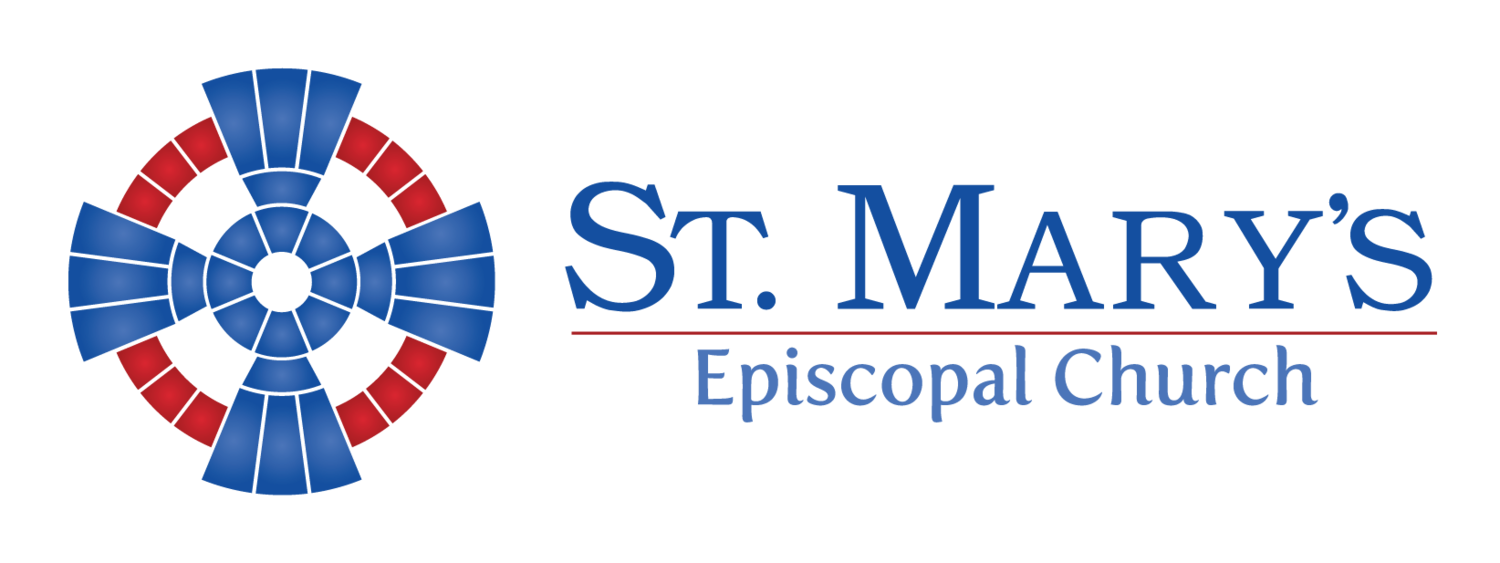A Sermon for the Third Sunday of Easter
Happy Easter! It is, in fact, still Easter. Easter is a season of fifty days, not just a single day. So when you go to the grocery store and all that Easter candy is in the bin at 50% – 75% - or 90% off, buy it. It’s a good deal and there are still weeks and weeks to keep celebrating the joyful good news of Christ’s resurrection.
As it is still the Easter season, we have our wonderful Easter vestments on, we are still singing the great Easter hymns, and are still adding in all those extra alleluias. And yet in the Gospel readings we have been hearing these past few weeks, we have not heard the same celebratory tone. From that very first Easter season, the disciples did not yet understand what Good News is. It is only with hindsight that we can so confidently enter into this season with that joy. But for the disciples, we hear weeping and confusion, fear and ignorance in these stories.
John is a highly metaphorical Gospel. Whoever wrote this Gospel liked to use images. One of the images he really liked to use is lightness and darkness. From the very beginning we hear him talk about that. In the beginning was the Word, the Word was with God, and the Word was God. All things came into being through Him. Not one thing came into being that was not through Him. What came into being through Him was life, and that life was the light of the world to all people. And the darkness could not overcome it. It goes on to say that John the Baptist was a witness to the light; he was not the light, but was a witness to the light, that light that lights the world. Light, light, light. If you read the first chapter, the imagery keeps going on and on. And the light and the dark theme continues throughout the Gospel. It is not just in the words, lightness and darkness, but it is in the setting and the timing of things. So when Nicodemus is confused, he comes to Jesus in the night, a time of darkness. Whenever you hear those specifics of time, you have to think about what the sun is doing at that moment. Is it giving light or is it dark?
All of these Easter readings have taken place in the dark. We heard that Mary Magdalene went down to the tomb on that Easter morning while it was still dark. And there in the darkness of that moment she wept. Then last week we heard about the evening of the first Easter, at dark, at night. It doesn’t say it was dark, but you know what evening is all about—there is no light. And we heard the story about events a week later, again in the evening. The disciples are locked away in their fear, the darkness of their fear. Mary Magdalene is in the darkness of her sorrow, and the other disciples are in the darkness of their fear.
Today’s reading is the last of the resurrection appearances in John’s Gospel. It says that the disciples went fishing all night long, in darkness. So we have the darkness of sorrow, the darkness of fear, and now we have the darkness of ignorance. These disciples, who have encountered the risen Lord, still don’t get what this is all about. It is that common theme we hear throughout the Gospel readings of the disciples not understanding what Jesus is talking about. So even though they have met the risen Lord twice, and have heard from Mary Magdalene about Jesus coming back, they still act as if nothing has changed in their lives, as if this life transforming event—someone rising from the dead and coming to them—means nothing. They return to Galilee, and they return to their work as if nothing has changed.
Then Jesus shows up. What is interesting is that the other stories do not talk about the light. When Mary Magdalene is meeting Jesus in the garden while it is still dark, it does not say that Jesus appeared and that the day had broken or the sun had risen. We can assume that she is still in that darkness. But here it says just after daybreak. In this final story we begin to see that things are changing. Just after daybreak the light is beginning to enter in. Peter hears, finally, and this seems to change his life. He needs to do something in response to this Good News. He is sent to go and feed and tend and care for God’s children in this world. He is sent to be Christ’s body in this world, to be that light that John testified to in the very first chapter, the light that Jesus said he was. That light is now being passed along to Peter and the other disciples to take out into the world.
At the 9:30 service today we are going to baptize the newest member of the Body of Christ. After I have poured the water on, the Deacon will take a candle and will light it from the Pascal candle. The Pascal candle is the representation and symbol of the light of Christ in the midst of us. So the Deacon will take that candle, light it from the Pascal candle and hand it to the baptismal candidate and say, “Take this out into the world to the glory of God.” It is now your job, as a baptized member of the Body of Christ, to take this light of Christ and help this world that lives in such darkness to experience the day breaking, to experience the sun rising, that light of love Jesus asks Peter about: Do you love me? Then go share that love through care of others. Do you love me? Then go tend others. Do you love me? Then go feed others. Go express that love in concrete ways, go bring that light to this world to the glory of God.
That is the Good News that we are celebrating, that Good News that we have been invited into. Carry that light with Peter and the other disciples, and experience and bring forth the break of day.
AMEN










